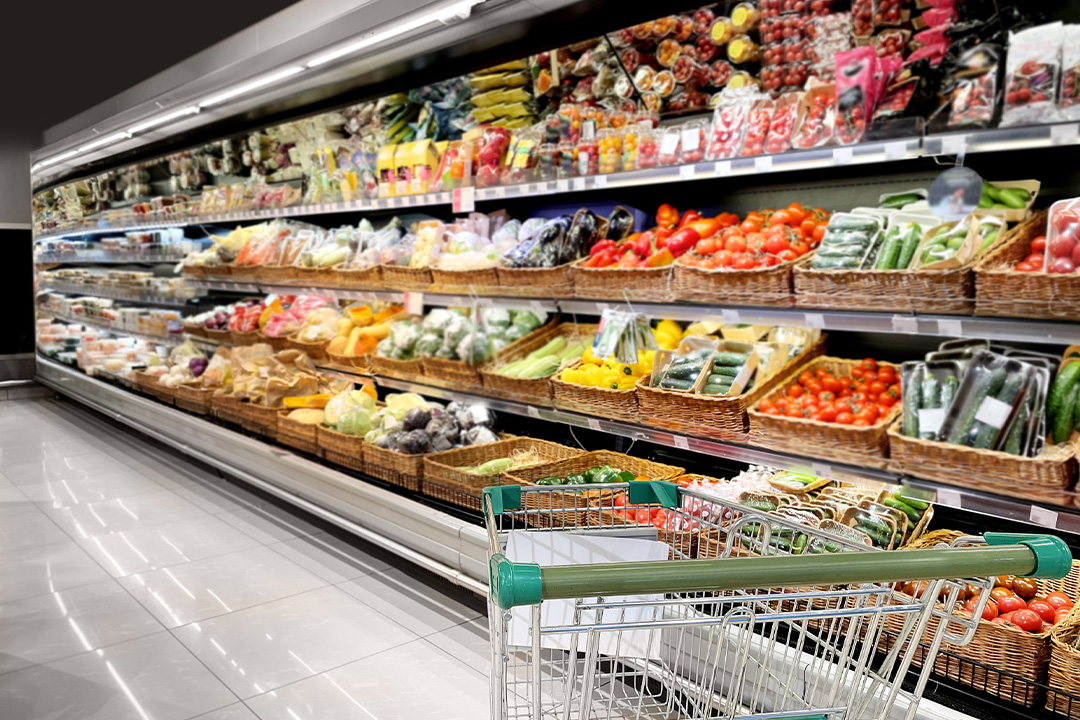As we head toward 2025, the way we shop for fresh produce in the United States is evolving in exciting and dynamic ways. From the farm to our kitchens, the produce aisle is set to undergo a transformation driven by changing consumer preferences, technological advancements, and a growing demand for sustainability. But what do these shifts mean for us, the consumers?
In this article, we will explore the key trends that will shape the produce aisle in the coming years and how they will impact our shopping experience—ranging from the types of products you will find on the shelves to the way they are packaged, sold, and even grown.
Sustainability: A Core Driver in the Produce Market
Sustainability is becoming a key factor in produce purchasing decisions, especially among younger generations like Millennials and Gen Z, who prioritize brands that align with their values on environmental impact, ethical sourcing, and waste reduction. These consumers are more likely to choose organic, locally grown, or minimally packaged produce. Retailers like Whole Foods and Trader Joe’s are responding to this demand by promoting sustainably farmed products and offering items with sustainability certifications such as Fair Trade and Rainforest Alliance. Many stores are also introducing reusable produce bags and reducing plastic packaging.
The Role of Social Media
Social media is playing a pivotal role in shaping consumer choices in the produce aisle, driving demand for fresh, healthy, and sustainable options. Platforms like Instagram and TikTok promote food trends, creative recipes, and plant-based eating, encouraging consumers to explore seasonal produce and healthier meal options. At the same time, social media fosters transparency by allowing brands and farmers to showcase their sustainability efforts and ethical sourcing practices, connecting with consumers who prioritize these values. By 2025, social media will continue to influence both awareness and purchasing decisions, making it a key driver of change in the produce market.
Ozempic’s Influence on Produce Buying Habits
Ozempic and Semaglutide, medications for managing type 2 diabetes and weight loss, are influencing produce purchases as consumers embrace healthier eating habits. With the drug’s appetite-suppressing effects, many are turning to low-calorie, nutrient-dense produce like leafy greens, berries, and cruciferous vegetables to support weight management and overall health. Retailers are responding by offering more diabetes-friendly and weight-loss-focused produce options, often marketing fresh fruits and vegetables as essential for a balanced diet. As plate sizes shrink for consumers, the foods they choose become more significant. This presents a prime opportunity for produce to stand out, offering not only essential nutrients but also vibrant colors, appealing textures, and great taste.
Food as Medicine: “Let food be thy medicine and medicine be thy food”
The “food as medicine” trend is increasingly influencing produce purchases, with consumers turning to fresh fruits and vegetables for their health benefits, particularly nutrient-dense options like leafy greens and berries that support immunity and overall wellness. Retailers are responding by highlighting functional benefits such as “immune-boosting” citrus or “brain-healthy” vegetables. With over 48 million U.S. households managing chronic conditions through diet, this market represents a $268 billion opportunity. Retailers can tap into this demand by offering personalized nutrition therapy, tailored meals, and expert guidance, positioning themselves as key players in supporting health and wellness through food.
AI: Fresh, Smart, and Efficient
AI is reshaping the way consumers shop for produce by offering a more personalized and seamless experience. Through AI-powered apps and smart systems, shoppers receive tailored recommendations based on their preferences, dietary needs, and even seasonal trends. AI ensures that fresh, high-quality produce is always available by optimizing inventory and monitoring freshness in real time. It also makes shopping easier with dynamic pricing and visual quality checks, helping consumers find the best options at the right price. Overall, AI is enhancing the produce shopping experience, making it more efficient, enjoyable, and focused on quality.
Rising Demand for International and Ethnic Produce
The growing ethnic diversity in the U.S. has led to increased demand for international and ethnic produce. Consumers are seeking tropical fruits like mangoes, papayas, and plantains, as well as leafy greens like bok choy and napa cabbage, reflecting the rise in Hispanic, Caribbean, and Asian cuisines. Exotic vegetables and spices, such as okra, bitter melon, ginger, and turmeric, are also gaining popularity, especially in urban areas. In response, many grocery stores have introduced dedicated ethnic produce sections, categorized by region or culture, making it easier for shoppers to find authentic ingredients. This trend offers retailers an opportunity to cater to diverse tastes and support cultural exploration in American cuisine
Conclusion
As the U.S. produce aisle evolves toward 2025, sustainability, health trends, and the growing influence of technology will reshape how we buy and consume fresh produce. From the rise of eco-conscious consumerism to the impact of social media and health-focused lifestyle changes like those driven by Ozempic, the way we view food is becoming more personalized, intentional, and interconnected with broader societal shifts. Retailers will need to adapt to these demands by offering sustainable, diverse, and health-focused options, while continuing to cater to consumers’ evolving needs for convenience, transparency, and cultural exploration. The future of fresh produce looks promising, with an exciting array of opportunities for both consumers and businesses to embrace healthier, more sustainable lifestyles.
This article was originally published by https://fruittoday.com/en/ and is republished here with permission. (English Translation)
